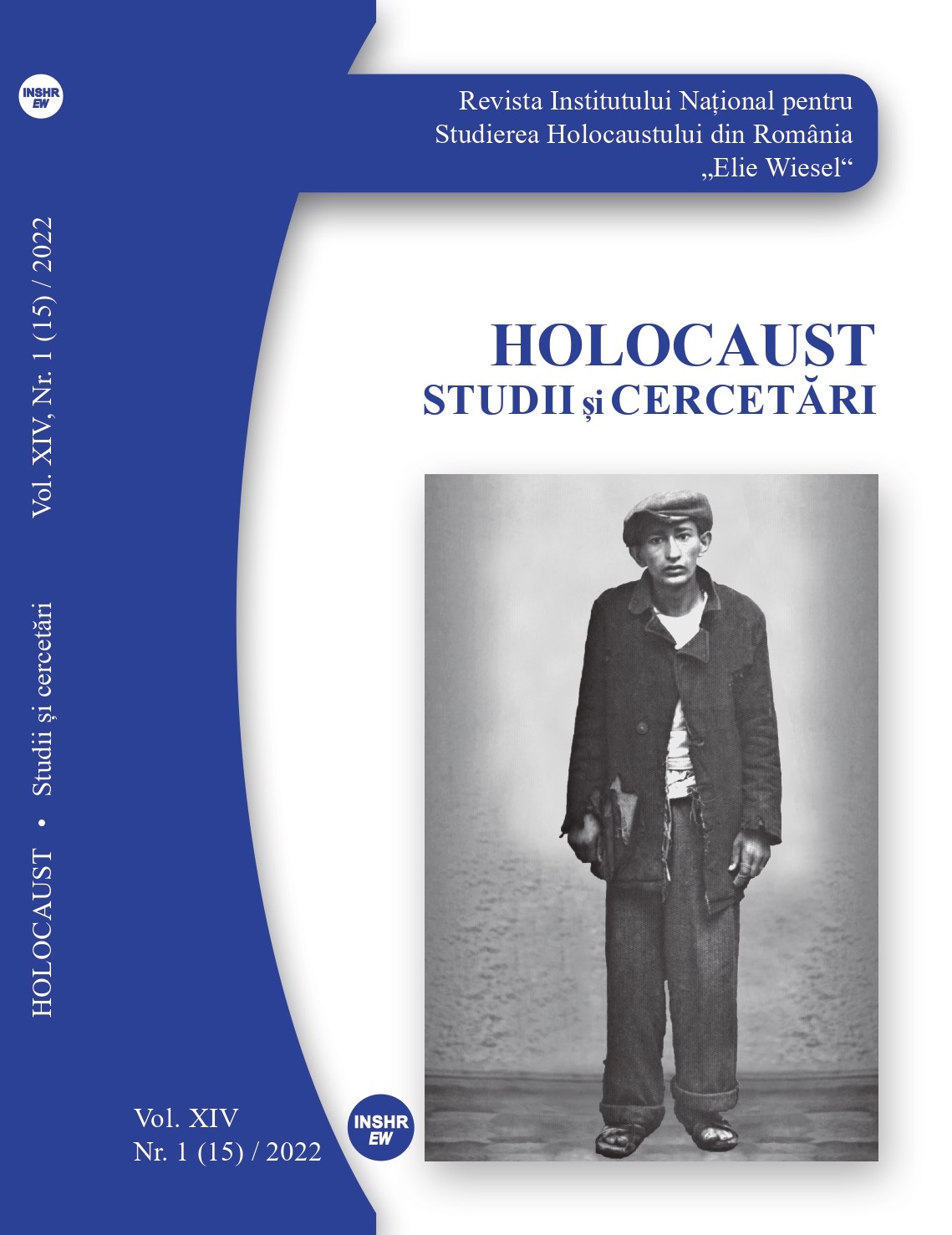Jewish Cultural and Sporting Associations between “Romanianization” and “Unionization”
Jewish Cultural and Sporting Associations between “Romanianization” and “Unionization”
Episodes of Antisemitic Violence in the Stadiums of the Capital and the Provinces before and after World War II (1922-1948)
Author(s): Diego CiobotaruSubject(s): Social history, Nationalism Studies, Interwar Period (1920 - 1939), WW II and following years (1940 - 1949), Fascism, Nazism and WW II, History of the Holocaust, History of Antisemitism, Inter-Ethnic Relations, Sports Studies, Politics and Identity, Identity of Collectives
Published by: Institutul National pentru Studierea Holocaustului din Romania ELIE WIESEL
Keywords: sports; violence; antisemitism; stadium; Maccabi;
Summary/Abstract: In 1922, in Romania, fascist youth organizations began to undertake actions of intimidation and annihilation of Jews and of those accused of supporting them, through the use of physical and verbal violence, manifestations that continued and radicalized year after year. Sports and sports venues were among the spaces where Romanian antisemitism seemed tobe allowed to manifest itself unhindered. The systemic spread of the antisemitic ideology led to an increase of such occurrences. As of the 1930s, the foundations of the anti-Jewish legislation continued by the Antonescu regime were laid, and the war of the far-right groups against Jews and Judaism was total and concerned all aspects of life, including sports. Step by step, athletes and officials of Jewish origin were excluded from this field, meaning that the Maccabi association, as well as other Jewish sport teams, were banned from all official competitions of the Romanian State. this situation lasted four years, until the end of the Antonescu regime. Jewish associations were categorized by the police and military authorities as a cover for communist activity. In Romania, just like in other countries, persecution and discrimination of Jews continued after the end of World War II, given that stadiums in Bucharest and in the province witnessed reprehensible deeds against Jewish soccer players and sports clubs, done by the other athletes and especially by the audiences. In this article, I will present several such cases in detail, in order to show a lesser known side of Romanian antisemitism before and after the Second World War.
Journal: Holocaust. Studii şi cercetări
- Issue Year: XIV/2022
- Issue No: 15
- Page Range: 87-122
- Page Count: 36
- Language: English
- Content File-PDF

